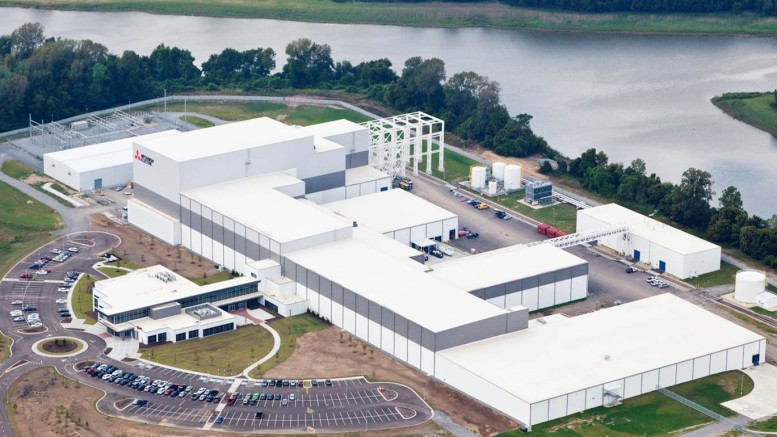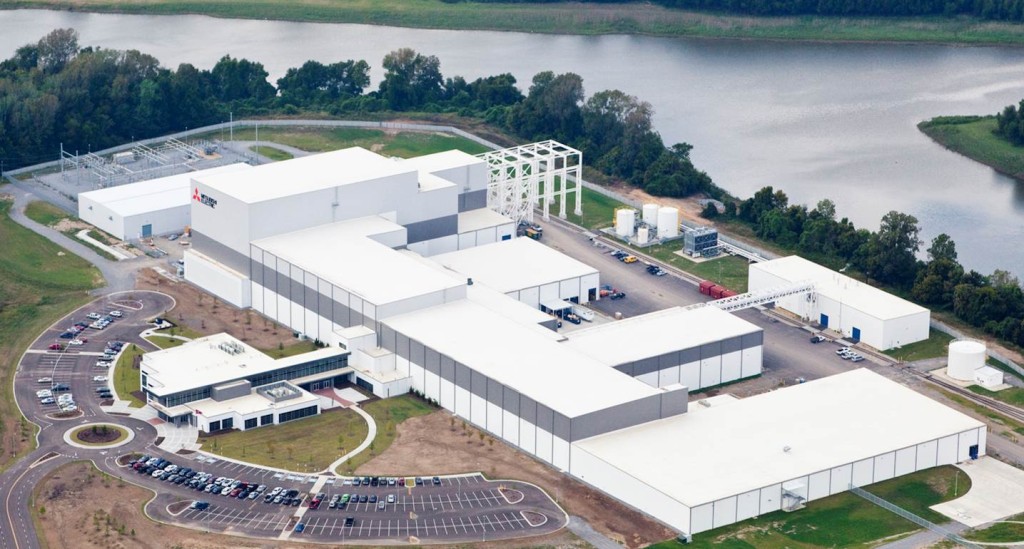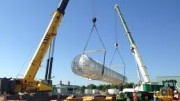New and expanded manufacturing facilities represent a significant capital investment for companies. A common factor in successful capital project delivery is investment in the early developmental stages of projects. This ”project definition” phase is typically part of the preconstruction process. By investing in an interactive and collaborative definition process, owners can gain a greater level of detail to planning and is a critical starting point for successful project delivery.
Manufacturing experts are responding to this new set of needs by developing ways to capitalize upon the knowledge at their disposal, effectively capturing, organizing, communicating and expanding upon it. They are bringing a high level of precision to project planning and scope definition. In addition, today’s owners have less project and construction support on their bench. As such, they are increasingly relying on design and construction firms for that support. Details that need to be considered at the project outset include everything from historical costs and actual market costs to detailing the intricacies of scheduling. This process should address the facility, equipment, process utilities and the site.
“The biggest trend is the speed with which the industrial and process markets have rebounded,” said Kevin Bean, President and CEO of O’Neal, Inc. a Greenville, SC-based integrated design and construction firm. “The growth is primarily being fueled by private sector investment. These companies are investing part of the capital reserves they have built over the last couple of years. As a result, these owners are looking at very aggressive time to market schedules.”
Manufacturers are faced with smaller and less forgiving capital budgets, so their capital appropriation processes are becoming more stringent. The traditional approach of a pure design study that includes a +/- 30 percent cost estimate is not sufficient. Industrial owners are requiring the services of integrated design and construction firms that have proven processes, systems and technology to support the project development and delivery process. Increasingly, owners’ project managers do not have the latitude or time for design and cost development that the traditional design-bid-build process requires, so they look for single source of accountability for project delivery.
Engineering-led Engineer-Procure-Construct (EPC) project delivery for industrial projects, where planning, design, procurement and construction are integrated has been gaining traction. The preconstruction process focuses on the development of realistic project definitions and “go to market” based cost estimates. Establishing a project definition helps ensure that resources are used effectively, especially for projects that are not well-defined, or for projects that have complex design and functionality.
“Many of our clients use our preconstruction process as the basis for their capital project appropriation process,” said Shane Bolding, Vice President and Industrial Manufacturing SBU Leader for O’Neal, Inc. “Most importantly, it gives the owner a defined basis to make an informed decision. The preconstruction process takes out many of the unknowns of a project and reduces risks for the owner.”
Project definition also helps the owner determine if the project is viable or not, aligns project expectations and helps define a roadmap for the project delivery process. It results in early identification of possible problems and where they might occur, allowing for risk mitigation. The result is a reduction in the number of changes, unexpected costs and variations of schedule during the execution of the project. The process also promotes alignment and efficiency among team members.
Understanding EPC
Each industrial project is unique and has numerous variables that will impact it. Failure to invest in the project definition process can result in projects that have the wrong scope and inaccurate cost expectations. The preconstruction approach also evaluates the constructability of the project and identifies opportunities for value engineering. In addition, it provides the owner with a number of deliverables including an execution plan, risk analysis and a procurement plan.
Common deliverables include:
- Site analysis
- Project feasibility
- Critical path schedule
- Evaluation of utilities
- Comparison of equipment selections
- Evaluation of soil conditions
- Identification of permitting requirements and potential issues
- Value engineering/cost saving options
- Constructability reviews
A qualified EPC can identify and quantify clients’ project needs quickly and accurately, and offer an array of formal procedures for walking their client through project definition. By the end of a successful project definition during the preconstruction phase, the entire team has a firm grasp on its cost, scope and schedule.
The process allows clients to develop or confirm funding for their project prior to full capital commitment. EPC firms work with owners as they develop the initial project scope and costs prior to submitting for capital appropriations. Then, within the EPC firm, preconstruction professionals work closely with in-house design groups and procurement professionals to move in parallel with the design effort, creating a feedback loop that informs the design itself and keeps it in check. In-house estimators develop project cost estimates in a two-fold method: they develop internal cost estimates in parallel to canvassing the project local construction market and subcontractors. This method ensures the project can be delivered as estimated.
Increasing Use of Technology by EPC Firms
Technology is increasingly becoming a critical part of this process. EPC firms are utilizing site and project assessment technology in conjunction with Building Information Technology (BIM) to work in collaboration with owners to create a detailed 3D model that provides instant feedback on data such as cost, energy, lifecycle, cut and fill, and schedule. This approach enables a clearer way to review a proposed project and understand the assumptions and the cost drivers. Owners can easily evaluate trade-offs across disciplines to find the best overall solution.
These technologies combine visual verification and data capturing capabilities in a single model and therefore provide a major breakthrough in predictability. Formulas drive costs on each system based on the specific design, materials, site conditions, phasing and other parameters, thereby producing extremely accurate information in a short time period. By combining this technology with a historical database, EPC firms can help owners make more informed decisions, target value design opportunities and integrate lean methodology while defining cost, scope and schedule for capital projects.
Characteristics of a Productive Project Definition and Capital Appropriation Process
Early project definition and a formal approach to capital appropriation highlight where there are specific risks to success, especially from a design and cost standpoint. These efforts also achieve efficiencies by helping EPC firms understand an owner’s approach, thought process and critical items when executing capital projects.
Successful project definition should exhibit the following characteristics:
- Every potential project is viewed as an opportunity for savings.
- Capital is directed toward the areas that best benefit the organization’s overall goals.
- Stakeholders are included in the front-end loading process at the appropriate times.
- Each step in the capital process is connected to and builds on the previous step.
- Long-term requirements are considered at the front-end of a project.
- “Gates,” or review processes, ensure that projects meet owner-established criteria at the beginning of the project in order to move forward.
Cost overruns, schedule issues and other challenges encountered once a construction project is underway can set off a cascade of problems. However, industrial project owners that take a proactive and collaborative approach and using proven tools and technology removes the guesswork out of predicting a project’s scope, cost and schedule. Implementing these tools as part of a comprehensive preconstruction phase is the key to arriving at a project definition that will lead to successful project delivery.




Be the first to comment on "Project Definition Improves Project Delivery"